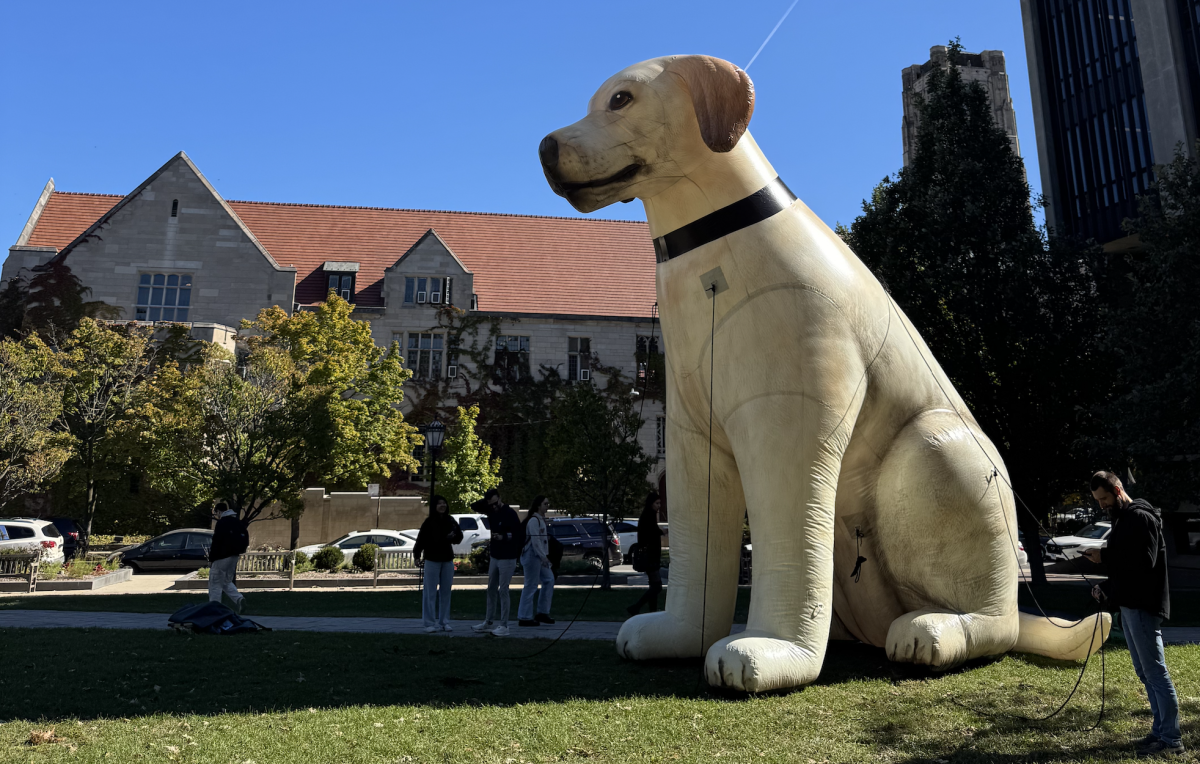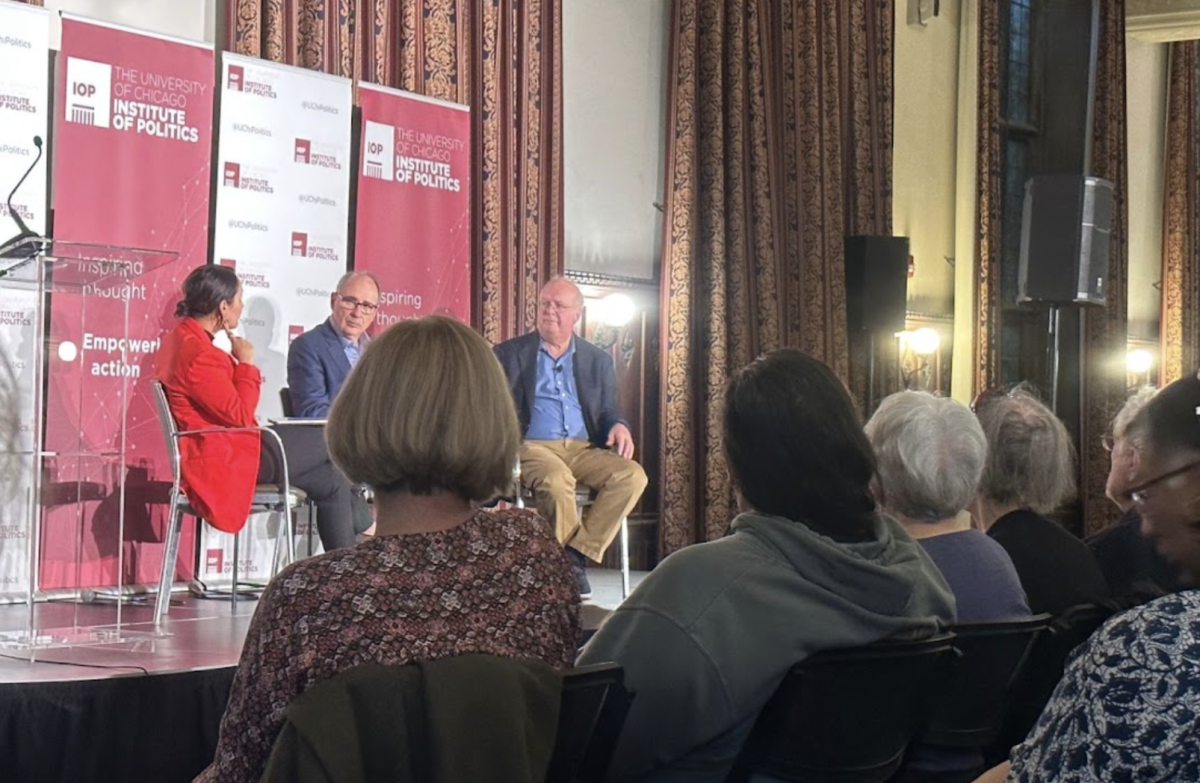In the beginning, there was the Big Bang but then what? Some University of Chicago researchers have used recent astronomical observations to try to explain just that.
They tested a popular hypothesis for galaxy formation, called the “cold dark matter” (CDM) model. In this scenario, all matter was initially in a smooth state after the Big Bang; that is, it was distributed evenly throughout the newborn universe. Dark matter—material that emits no electromagnetic radiation and is currently impossible to detect—then collapsed under gravitational forces to form rings.
Normal, luminous matter collected inside these rings, and when it cooled and reached a sufficient density, stars began to form. The star clusters inside the dark matter rings formed the galaxies we see today.
“The theory is both elegant and simple as it connects the processes operating on the smallest imaginable scales during the first 10—-33 seconds of the universe to the formation of the largest structures observed today,” said Andrey Kravtsov, an associate professor in astronomy and astrophysics.
Kravtsov conducted the study with Risa Wechsler, a fellow at the U of C’s Kavli Institute for Cosmological Physics, and Charlie Conroy, a former research assistant at the University.
To test the theory, the team devised computer simulations of galaxy formation and distribution under a variation of the CDM model, which they called Lambda-CDM (LCDM). LCDM incorporates dark energy forces, which may contribute to the accelerating expansion of the universe, as well as dark matter.
The researchers then compared their simulations to actual observations of the early universe, which only recently became available from surveys of deep-space galaxies by the Hubble Space Telescope and the Subaru telescope in Hawaii.
Because the universe is expanding, Kravtsov explained, all galaxies become more and more distant from each other. To a stationary observer on the earth, the further away a galaxy is the faster it appears to be moving away.
The distance of a galaxy is measured by looking at its “redshift,” the change in its spectrum that occurs as it recedes faster and faster from the Milky Way. Galaxies with higher redshifts are farther away.
In addition to having a redshift, the light from distant galaxies takes a long time to reach the earth, sometimes billions of years. Thus light from the most distant galaxies shows them as they were billions of years ago, in the very early stages of the universe.
“Observations of distant galaxies is much like a time travel into the past,” said Kravtsov.
The recent deep-space observations provided the team with a snapshot of the youth of the universe against which to compare their computer simulations of dark-matter halos.
The simulation matched up very well with observations, Kravtsov said. “Although there were indications that this will be the case at low redshifts, the excellent agreement at higher redshifts with the data recently obtained was more surprising to us,” he remarked.
While the researchers were quick to point out that this does not definitively prove the LCDM model, the results strengthen the theory and make it a promising field for further research, they said.
In fact, Kravtsov is already planning more investigations to determine just how well the computer and observational data agree. In his next survey he hopes to account for more of the processes involved in galaxy formation.
“The higher degree of sophistication of the simulations will allow us even more detailed comparisons with the data and thus more stringent tests of the theory,” he said.








